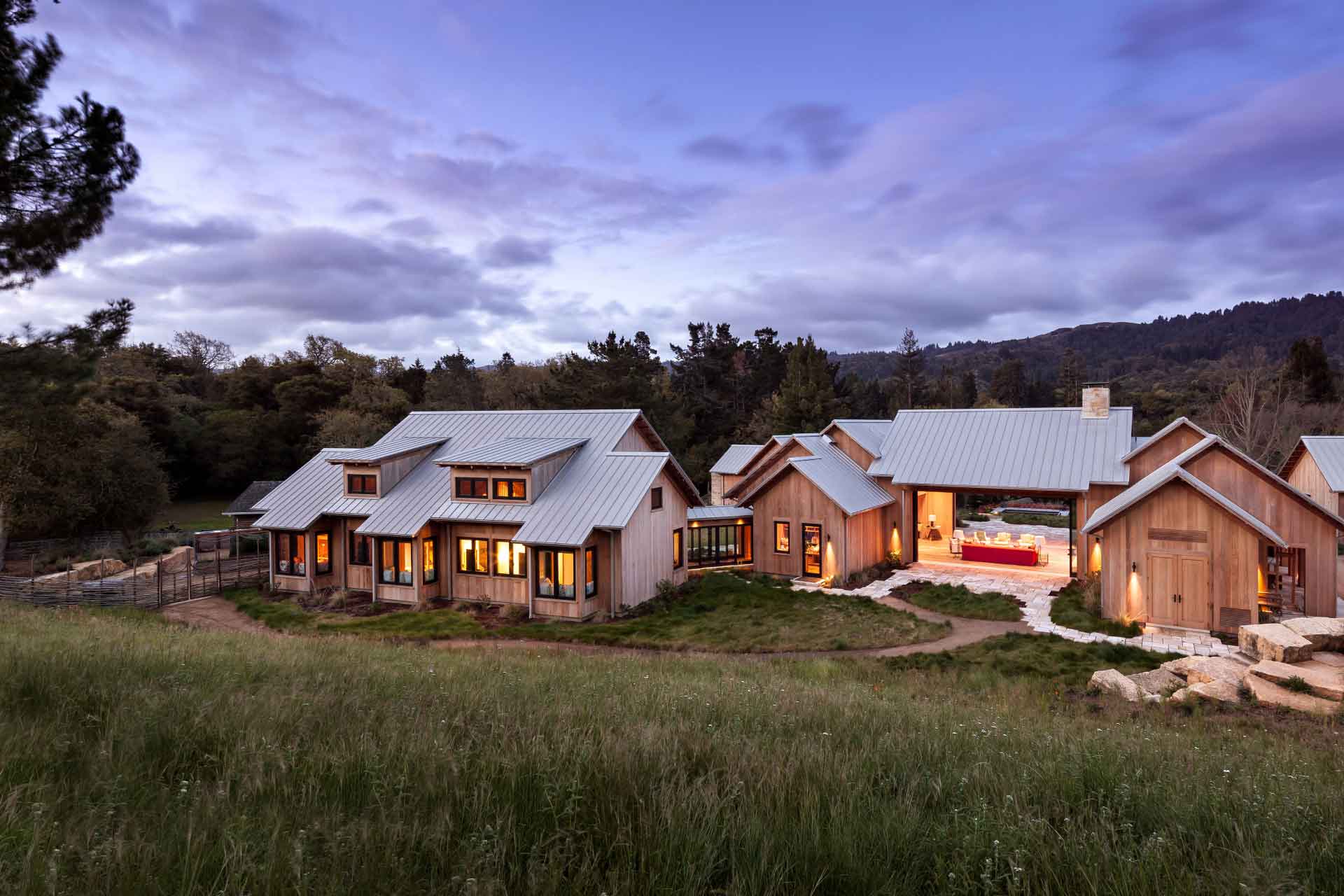ENVIRONMENTALLY REGENERATIVE

Given our focus on the outdoors, it is probably no surprise that conservation and the environment are of critical importance to us as a family. Beyond sustainability, in an ideal world an environmentally regenerative house would produce more energy than it consumed. Our goal is to take it as far as possible. We met Bill McDonough at TED several years ago and loved what he had to say. Our goal is to do “more good” (see quote below).
To the extent they exist, we strove to employ those building techniques and processes that in and of themselves are environmentally sensitive, for example reusing and recycling materials versus throwing them away; avoiding destroying habitats – and ideally restoring them (to the extent there are any); saving trees or replanting where possible.
Beyond design and construction, we considered how to have the house be environmentally sound on a day-to-day basis – discovering the best way to heat water; making it easy to recycle anywhere on the property; building controls to manage energy for maximum efficiency; and using natural light. Efficiency and conservation were top of mind in our decision making.
We also wanted the house to fit seamlessly into the environment. We wanted to imagine the property and all its features, structures, and buildings holistically, not as separate entities. We wanted to restore the land as if it were 200 years ago when the Ohlone stewarded the land.
"The eco-effective design paradigm finds its roots in the desire to find a fit and fitting space for human habitation—in short, to become native to the place. Natural communities and ecosystems serve us as models of elegant interdependence, with each member depending on and contributing to the well being of the whole. This vision affirms the possibility of creating positive, healthy, and creatively interactive relationships between the natural environment and the human settlement. Beginning with an assessment of the natural systems of a place—its landforms, hydrology, vegetation, climate and energy flows—we combine our understanding of building and energy systems with the site’s natural flows of sun, wind, water, and vegetation to provide an "essay of clues" that suggests appropriate patterns for development of the landscape. With its emphasis on living processes and creative strategies of change, this integrated eco-effective approach encourages restorative and regenerative effects by design. The resulting designs meet exceptional levels of performance and create beautiful, healthy environments for the human and other communities that inhabit them."
"Conventional approaches to sustainable design focus primarily on outlining strategies for architectural and building systems that achieve efficient use of materials and energy. Sustainable land planning and site design strategies have similarly emphasized an environmentally responsive use of vegetation, water, and other natural systems. While these sustainable design strategies represent a marked improvement over construction and land development patterns of the past decades, they tend to rely on minimizing human impact on the environment, fundamentally striving only to be "less bad." We look to encourage an affirmative design agenda that allows human impact on the environment to be "more good." —William McDonough
- The Story

